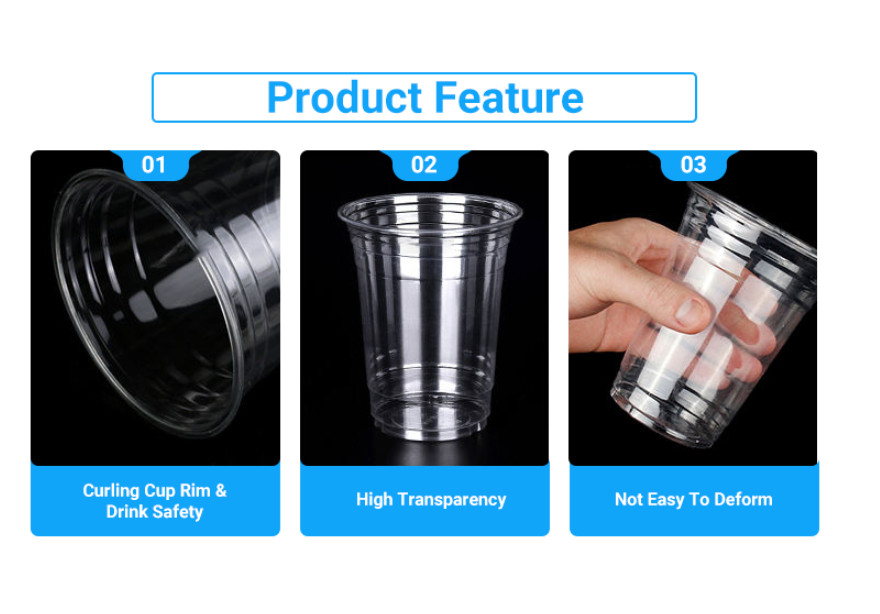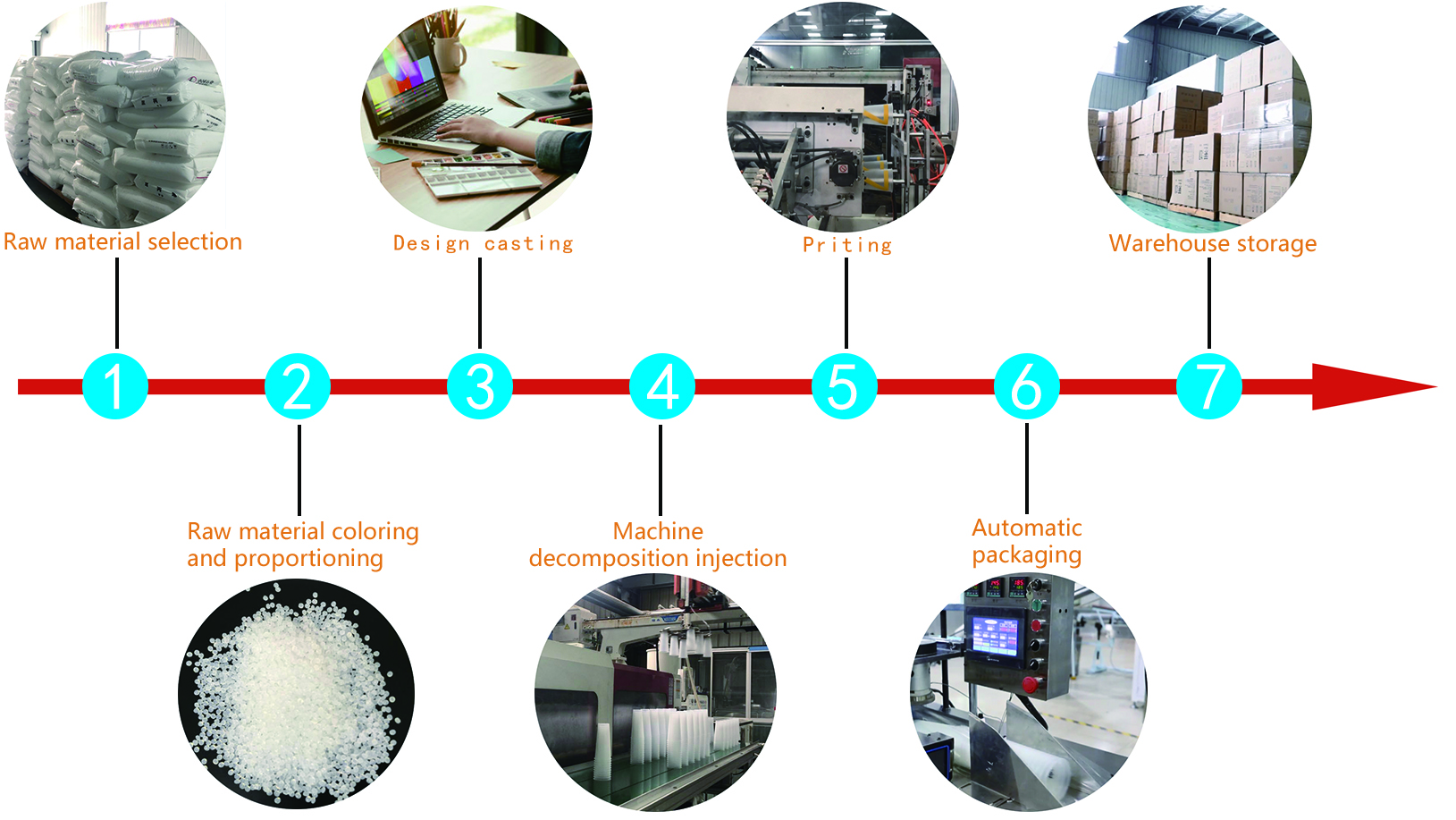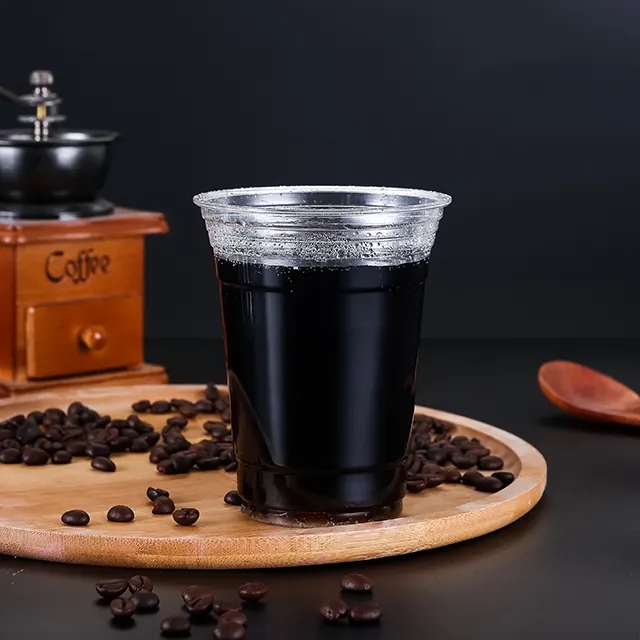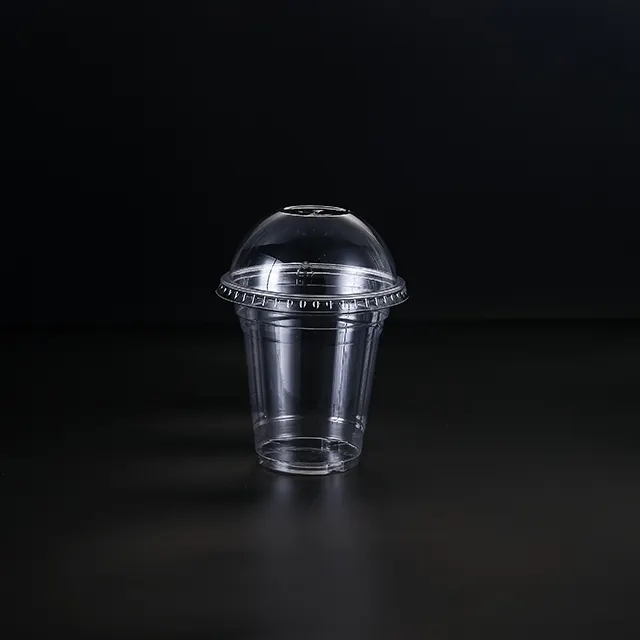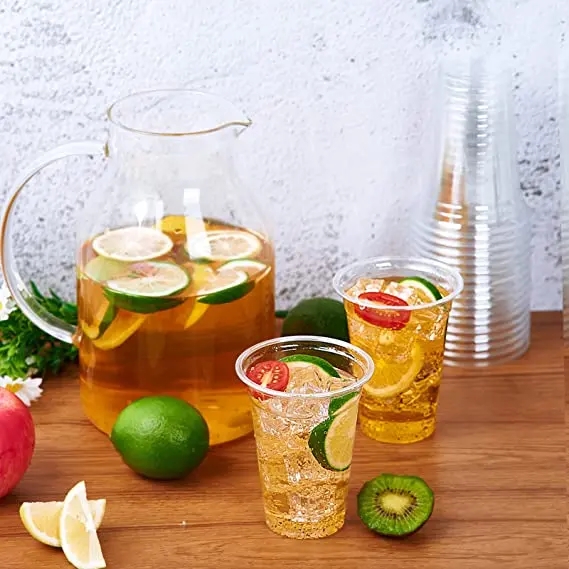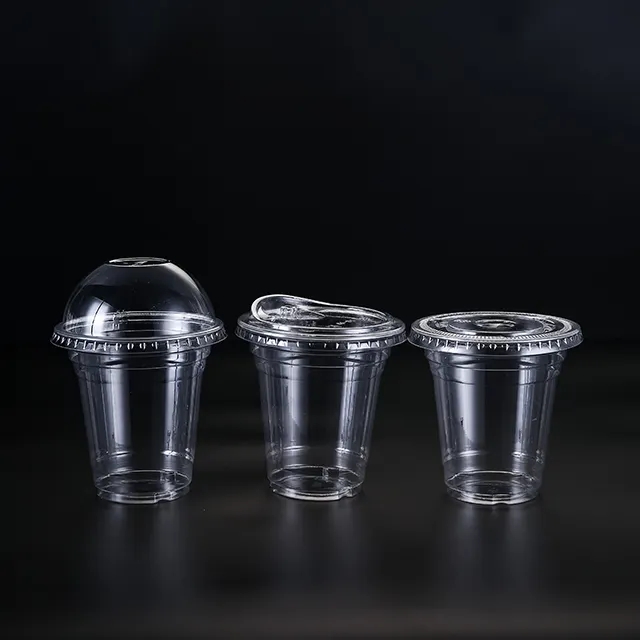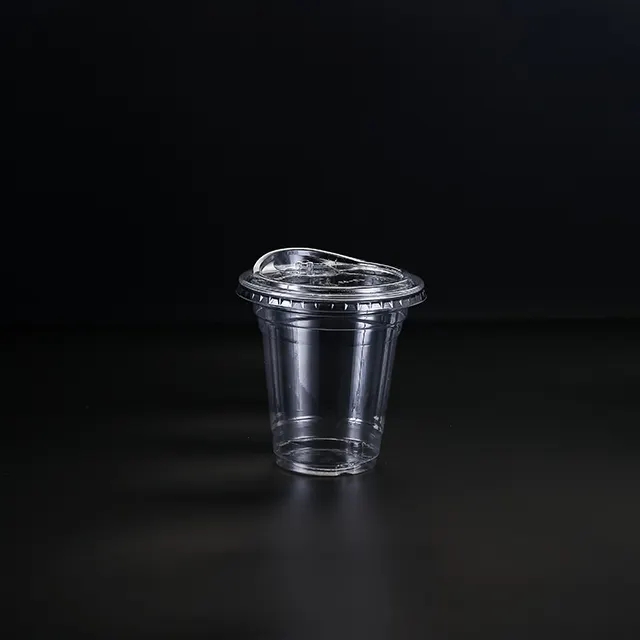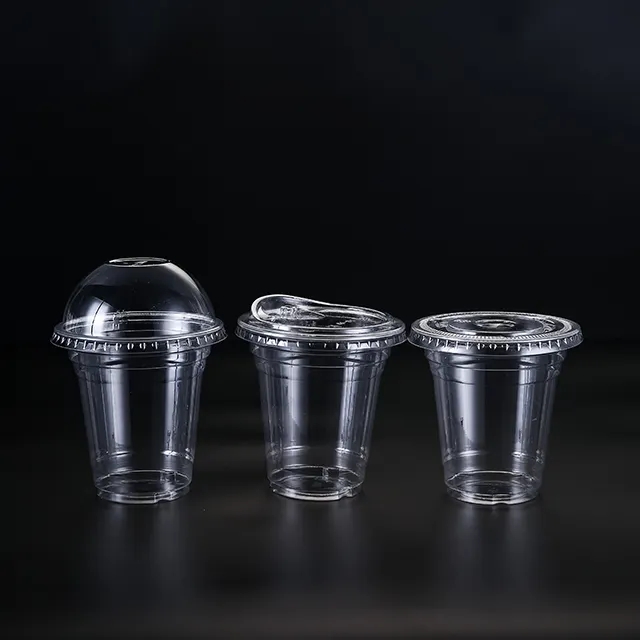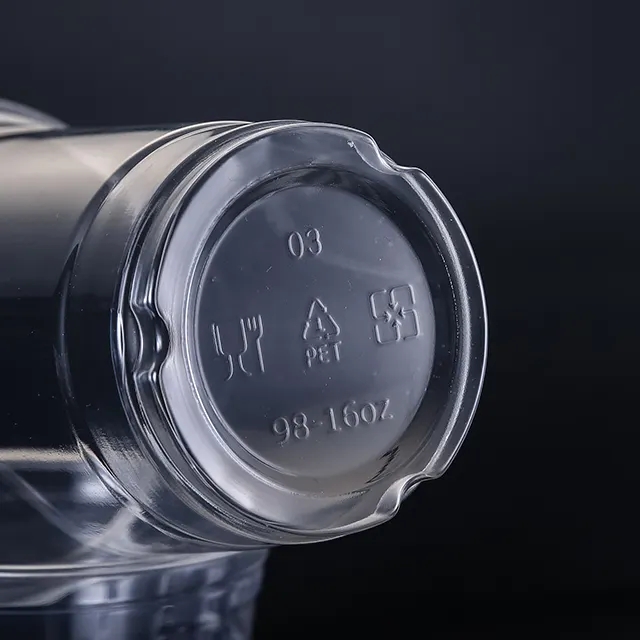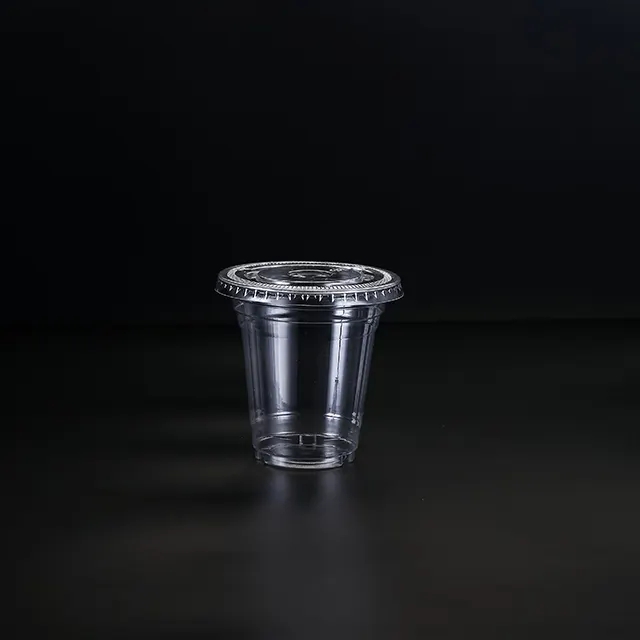Plastic Coffee Cups vs. Traditional Options: A Modern Perspective
Introduction:
In the realm of beverage containers, the classic debate between plastic coffee cups and traditional options has sparked discussions among coffee enthusiasts. While traditional choices like ceramic and glass cups have long held their place in coffee culture, the rise of plastic coffee cups brings a modern perspective to the table. In this article, we will explore the pros and cons of both options, shedding light on how plastic cups have become a viable and popular choice for today’s coffee lovers.
1. Convenience and Portability:
Plastic coffee cups undoubtedly excel in the realm of convenience and portability. Their lightweight design and spill-proof lids make them ideal for coffee lovers on the go. Whether you’re commuting, traveling, or simply busy with daily tasks, these cups offer a practical solution to enjoy your favorite coffee without worrying about fragility or spills.
2. Durability and Versatility:
Traditional options like ceramic and glass cups are known for their elegant appearance and heat retention. However, plastic coffee cups have come a long way in terms of durability and versatility. Modern plastic cups are designed to be shatter-resistant, making them a durable alternative for both indoor and outdoor use. Additionally, plastic cups come in a wide range of sizes, styles, and colors, offering a variety of choices to suit individual preferences.
3. Environmental Impact:
One of the key concerns in the plastic vs. traditional debate is the environmental impact. Traditional materials like ceramic and glass are generally considered more eco-friendly, as they are often reusable and do not contribute to plastic waste. However, the advent of eco-friendly plastics has provided a sustainable option for plastic coffee cups. Many manufacturers now use biodegradable or recyclable materials, making plastic cups a greener choice compared to their conventional counterparts.
4. Customization and Branding:
Plastic coffee cups offer unique opportunities for customization and branding. Businesses can personalize these cups with their logos or artwork, creating a professional and eye-catching presentation for their customers. Traditional cups, on the other hand, may lack the same level of flexibility when it comes to branding and personalization.
5. Maintenance and Hygiene:
While traditional cups may require more delicate care, plastic coffee cups offer easy maintenance and hygiene. Most plastic cups are dishwasher-safe, simplifying the cleaning process and ensuring that the cups remain fresh and odor-free with each use. This convenience can be especially appealing for busy individuals seeking a hassle-free coffee-drinking experience.
Conclusion:
The debate between plastic coffee cups and traditional options is not a one-size-fits-all scenario. Both options come with their own set of advantages and considerations. Plastic coffee cups shine in terms of convenience, durability, and customization, making them a modern and viable choice for coffee lovers who prioritize practicality and sustainability. However, for those seeking a classic and elegant coffee experience with minimal environmental impact, traditional options like ceramic and glass cups remain timeless choices. In the end, the decision lies in individual preferences and values, as coffee culture continues to evolve, embracing both tradition and modernity.



